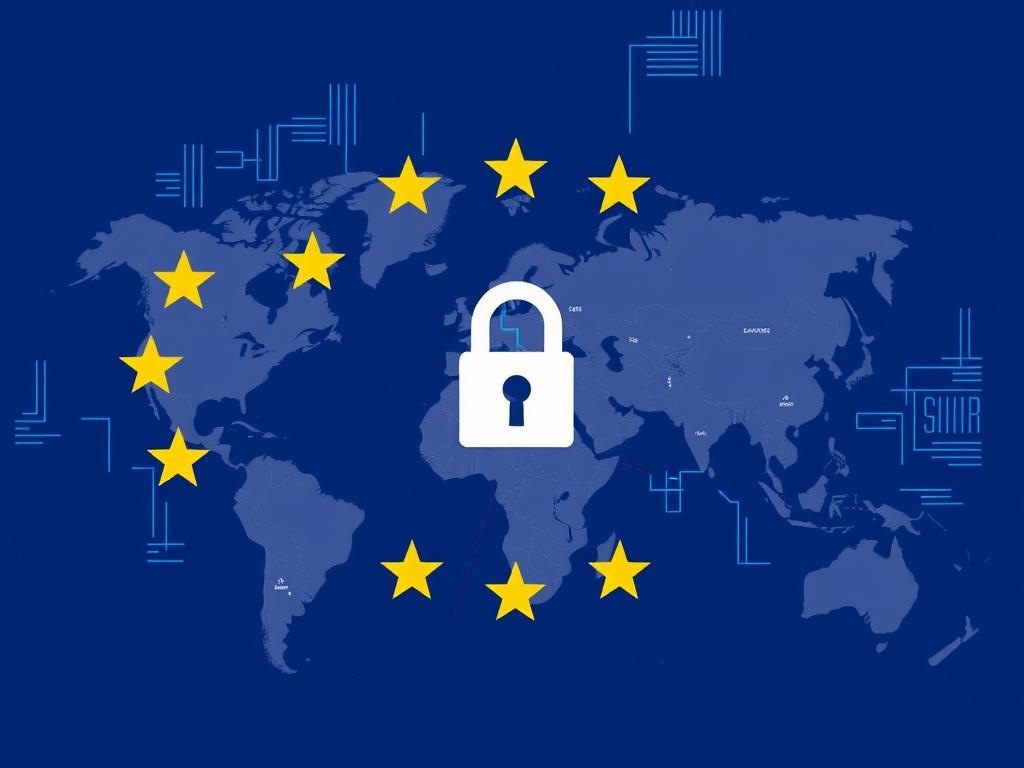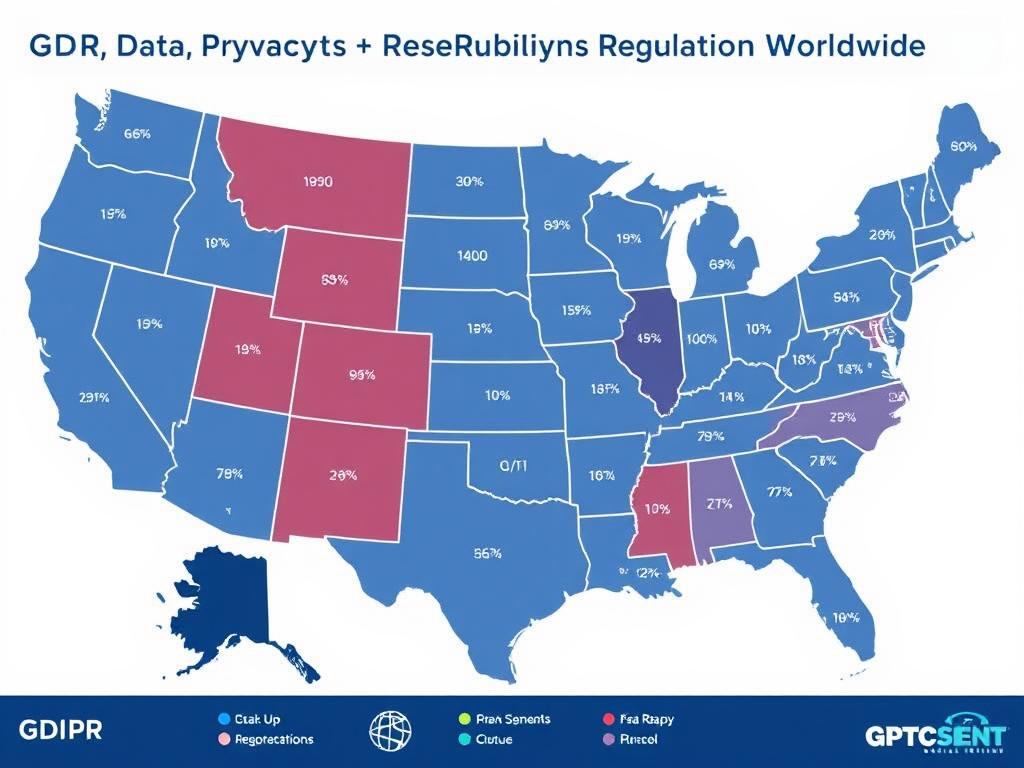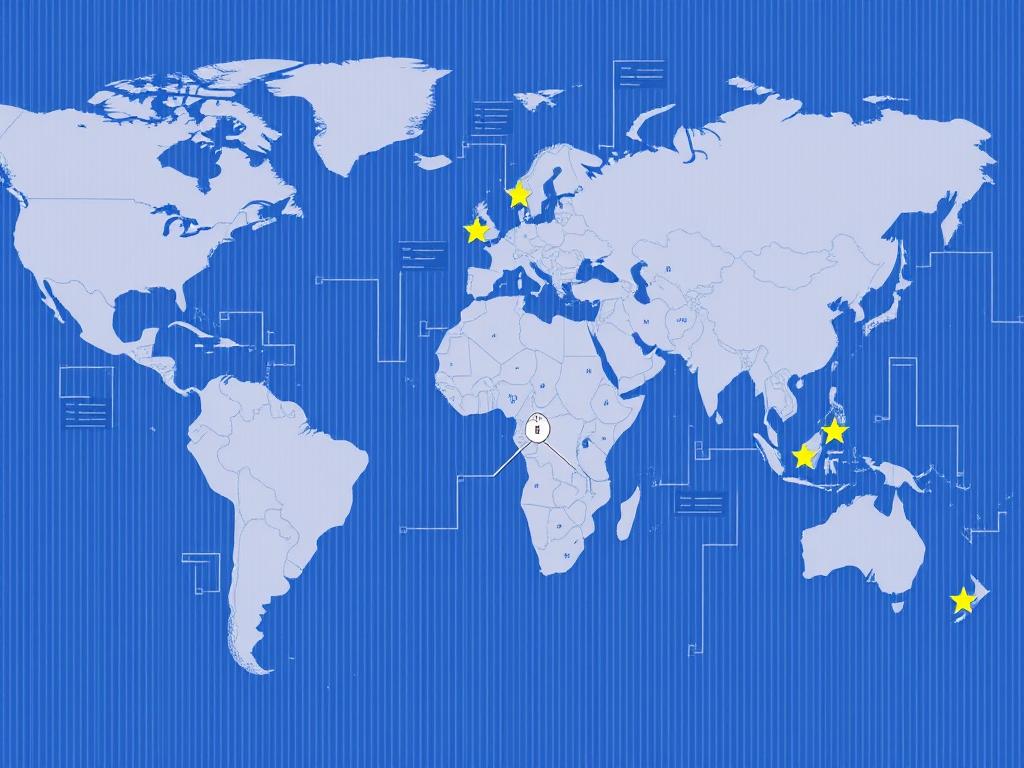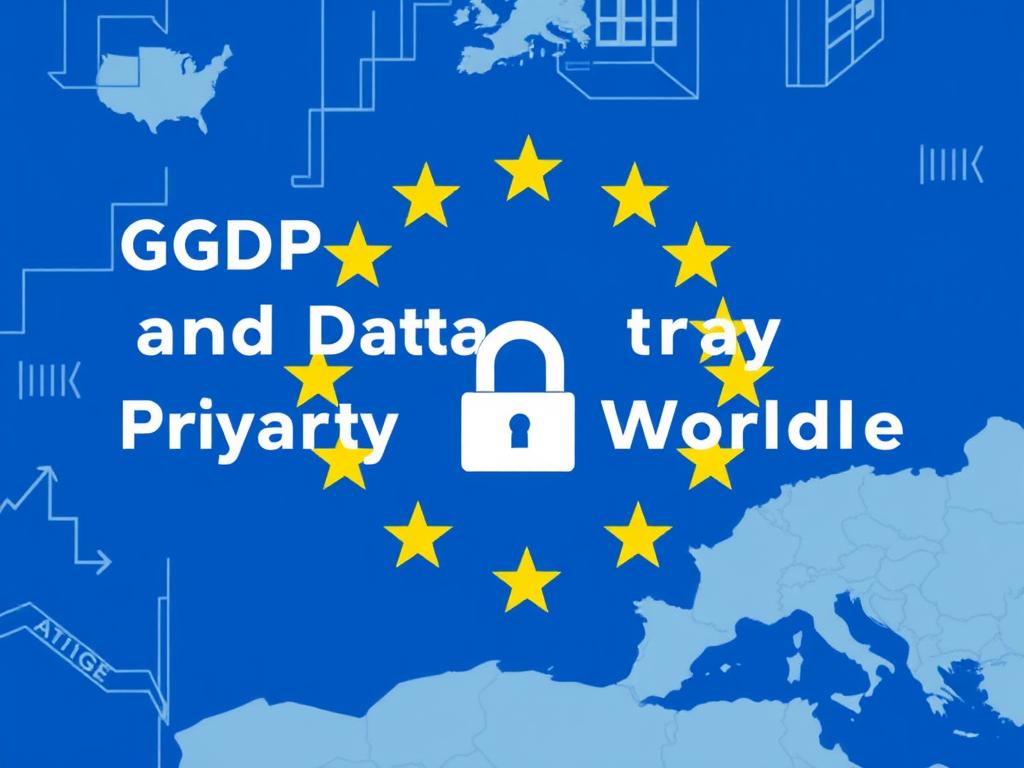In today’s interconnected world, data privacy has become a critical concern for individuals, businesses, and governments alike. The General Data Protection Regulation (GDPR) revolutionized data privacy when it came into effect in the European Union in 2018, setting a new standard for how personal data must be handled. But GDPR is just one piece of a much larger puzzle. Around the world, data privacy regulations are evolving rapidly, creating a complex patchwork of rules that companies and users must understand and navigate. This article dives deep into GDPR and data privacy regulations worldwide, exploring their similarities, differences, and what they mean in practical terms.
Understanding GDPR: The European Gold Standard
GDPR is often seen as the gold standard for data privacy regulation. It introduced stringent rules on how organizations collect, store, and process the personal data of EU residents. At its heart, GDPR aims to give individuals more control over their personal information, requiring transparency, accountability, and security.
Some of the core principles of GDPR include data minimization (only collecting data necessary for specific purposes), explicit consent, the right to access and rectify personal data, and the right to be forgotten. There are also strict rules around data breaches and hefty fines for non-compliance, which can reach up to 4% of annual global turnover or €20 million, whichever is higher.
What makes GDPR particularly influential is its extraterritorial scope. This means that even companies outside the EU must comply with GDPR when dealing with EU citizens’ data. This global reach has inspired many countries to adopt similar data protection regulations.
Key Features of GDPR
| Feature | Description |
|---|---|
| Consent | Organizations must obtain clear and explicit consent before collecting personal data. |
| Right to Access | Individuals can request access to the data collected about them. |
| Right to Erasure | Also known as the “right to be forgotten,” allows users to request deletion of their personal data. |
| Data Breach Notification | Organizations must notify authorities within 72 hours of discovering a data breach. |
| Fines and Penalties | Non-compliance can result in fines up to €20 million or 4% of annual global turnover. |
Data Privacy Regulations Around the World

While GDPR dominates conversations about data privacy, many nations have developed their own frameworks and laws tailored to their specific legal and cultural contexts. Understanding some of the most prominent examples helps illustrate the global diversity and the shared trend toward stronger privacy protections.
United States: Sectoral and State-Level Regulations

Unlike the EU, the United States takes a more fragmented approach to data privacy. There is no single comprehensive federal law like GDPR. Instead, data privacy is regulated through a patchwork of sectoral laws and state-level statutes.
Some notable federal laws include the Health Insurance Portability and Accountability Act (HIPAA) for health data, the Children’s Online Privacy Protection Act (COPPA), and the Fair Credit Reporting Act (FCRA). In recent years, states like California have taken significant steps by enacting the California Consumer Privacy Act (CCPA), which grants California residents many GDPR-like rights.
Asia-Pacific: Rising Momentum for Data Protection
Asia-Pacific is a diverse region with varying approaches to data privacy. Countries such as Japan, South Korea, and Singapore have implemented robust privacy laws that align somewhat with GDPR principles. Japan’s Act on the Protection of Personal Information (APPI) was amended in 2020 to enhance protections and accommodate cross-border data flow.
China’s Personal Information Protection Law (PIPL), which came into effect in 2021, is a landmark regulation that governs personal data processing with strict consent and data localization requirements. It mirrors GDPR in many ways but also reflects China’s specific regulatory priorities.
Latin America: Growing Legal Frameworks

Several Latin American countries have introduced or updated data privacy regulations influenced by GDPR. Brazil’s Lei Geral de Proteção de Dados (LGPD), effective since 2020, is the region’s most comprehensive privacy law. It establishes clear rights for data subjects and obligations for organizations similar to GDPR, including transparency, consent, and breach notification.
Mexico and Argentina have also taken steps to modernize their data privacy frameworks, aiming to harmonize with international standards and facilitate trade and cooperation.
Summary of Selected Global Data Privacy Laws
| Country/Region | Law | Key Features | Inspiration Source |
|---|---|---|---|
| European Union | GDPR | Broad individual rights, extraterritorial application, strict consent rules. | Unique but influences others |
| United States (California) | CCPA | Consumer rights to access, delete, and opt out of sale of data. | GDPR-inspired |
| Brazil | LGPD | Individual rights, data breach notification, compliance authority. | Based on GDPR |
| China | PIPL | Consent-based processing, data localization, strict cross-border rules. | Partly GDPR, partly China’s own approach |
| Japan | APPI | Consent and individual rights, focus on business compliance. | Partly GDPR |
Challenges and Opportunities in Compliance
One of the biggest challenges in the age of GDPR and worldwide data privacy regulations is compliance management. For multinational companies, the constant evolution of local privacy laws can feel overwhelming. Businesses must tailor their data handling policies to meet the highest standard applicable to their operations while respecting local laws.
Key challenges often include:
- Mapping and inventorying personal data across jurisdictions.
- Ensuring lawful bases for data processing and obtaining valid consent.
- Implementing robust security measures to prevent data breaches.
- Handling data subject requests efficiently and timely.
- Navigating cross-border data transfer restrictions.
However, these regulations also present opportunities. By prioritizing data privacy, organizations can build trust with customers, gain competitive advantage, and unlock new markets. Privacy-by-design approaches and transparency initiatives can foster stronger, more loyal relationships.
Tips for Businesses to Stay Compliant Worldwide
- Conduct regular privacy impact assessments and audits.
- Invest in privacy management tools that automate compliance tasks.
- Train employees on data protection principles and regulations.
- Appoint dedicated Data Protection Officers (DPOs) where required.
- Maintain clear and accessible privacy policies and user communications.
- Stay updated on changing laws and emerging regulations.
The Future of Data Privacy Regulations
The landscape of data privacy regulation is far from static. We can expect ongoing developments influenced by technological advances such as artificial intelligence, big data analytics, and the Internet of Things. Regulators worldwide are increasingly focusing on data ethics, consumer empowerment, and accountability in data ecosystems.
Emerging trends include greater emphasis on data portability, stricter rules on automated decision-making, and enhanced cooperation between privacy authorities globally. There is also a growing push to standardize regulations to ease cross-border data flows and reduce compliance complexity.
Emerging Data Privacy Topics to Watch
- AI transparency and algorithmic fairness requirements.
- Stronger protections for biometric and sensitive data.
- Regulations focused on children’s and minors’ data.
- Greater scrutiny of global tech giants and data monopolies.
- International frameworks for data transfers beyond GDPR adequacy.
Comparison of Traditional vs. Emerging Data Privacy Focus
| Focus Area | Traditional Regulations | Emerging Trends |
|---|---|---|
| Consent | Explicit, informed consent for data processing. | Contextual and ongoing consent, including for AI usage. |
| Data Subject Rights | Access, correction, deletion. | Additions like explanation of automated decisions, data portability enhancements. |
| Data Security | Basic protection and breach notification. | Advanced requirements for specific technologies and supply chain security. |
Conclusion
In a digital age where data flows seamlessly across borders, understanding GDPR and data privacy regulations worldwide is more important than ever. These laws reflect a growing recognition of data as a fundamental right and highlight the responsibility organizations have to protect it. While navigating the varying rules can be challenging, the shift toward stronger privacy protections offers businesses a chance to build trust, innovate responsibly, and engage more meaningfully with their customers. Staying informed, prepared, and proactive in compliance is essential—not just to avoid costly fines, but to thrive in a world that increasingly values privacy and transparency. Whether you are a policy maker, business owner, or everyday internet user, knowing the essentials of GDPR and global data privacy regulations empowers you to advocate for your rights and drive a safer digital future.




